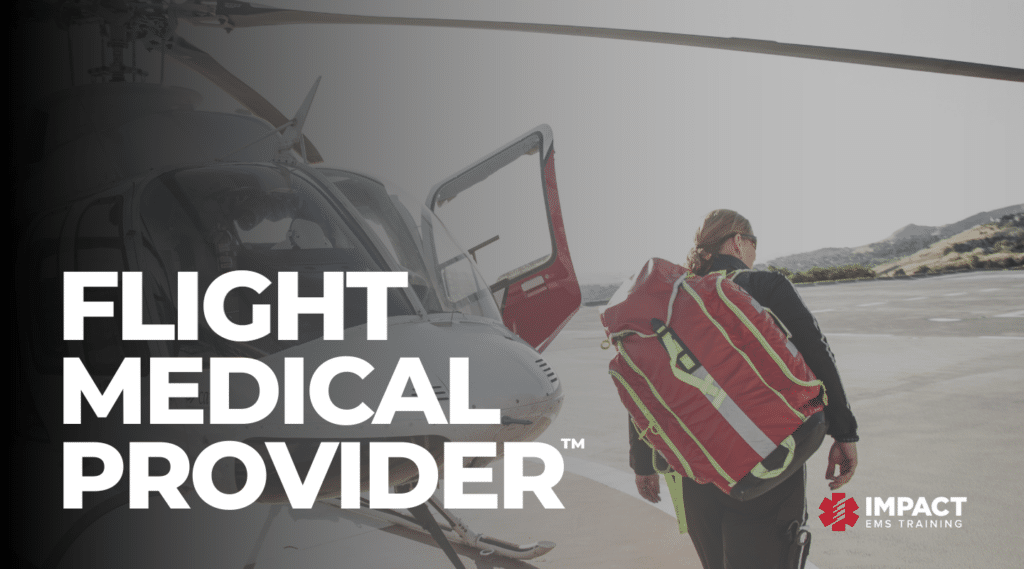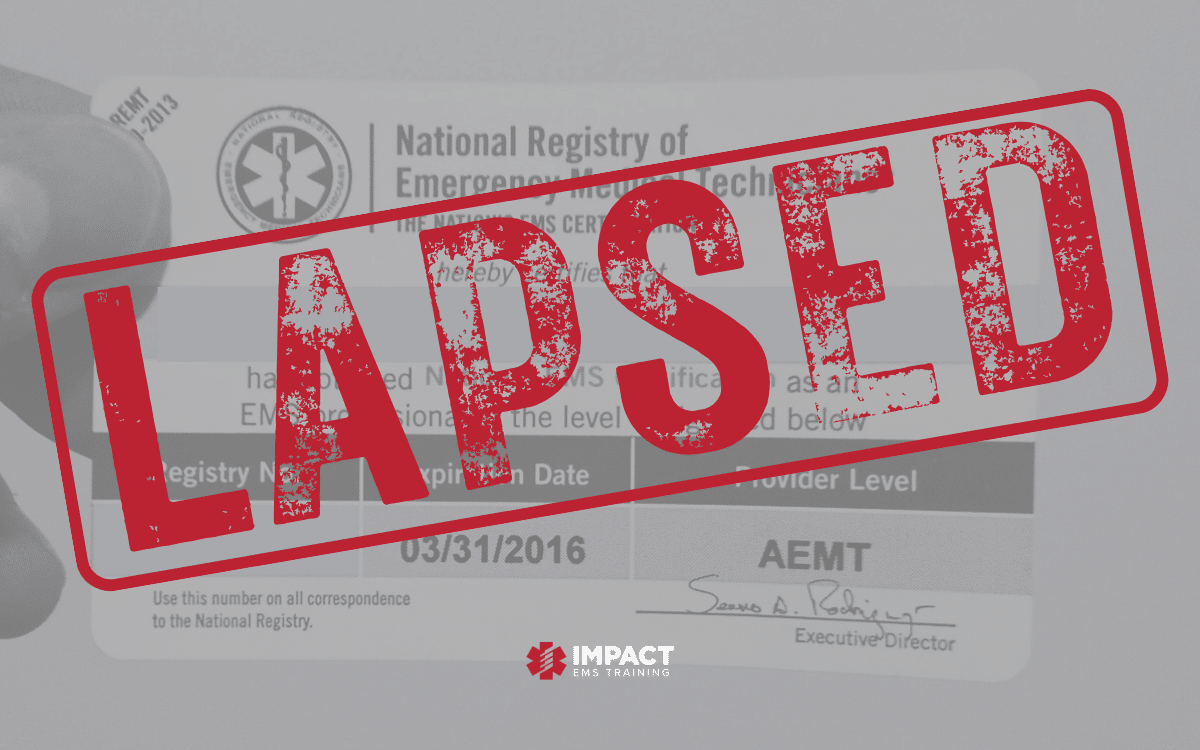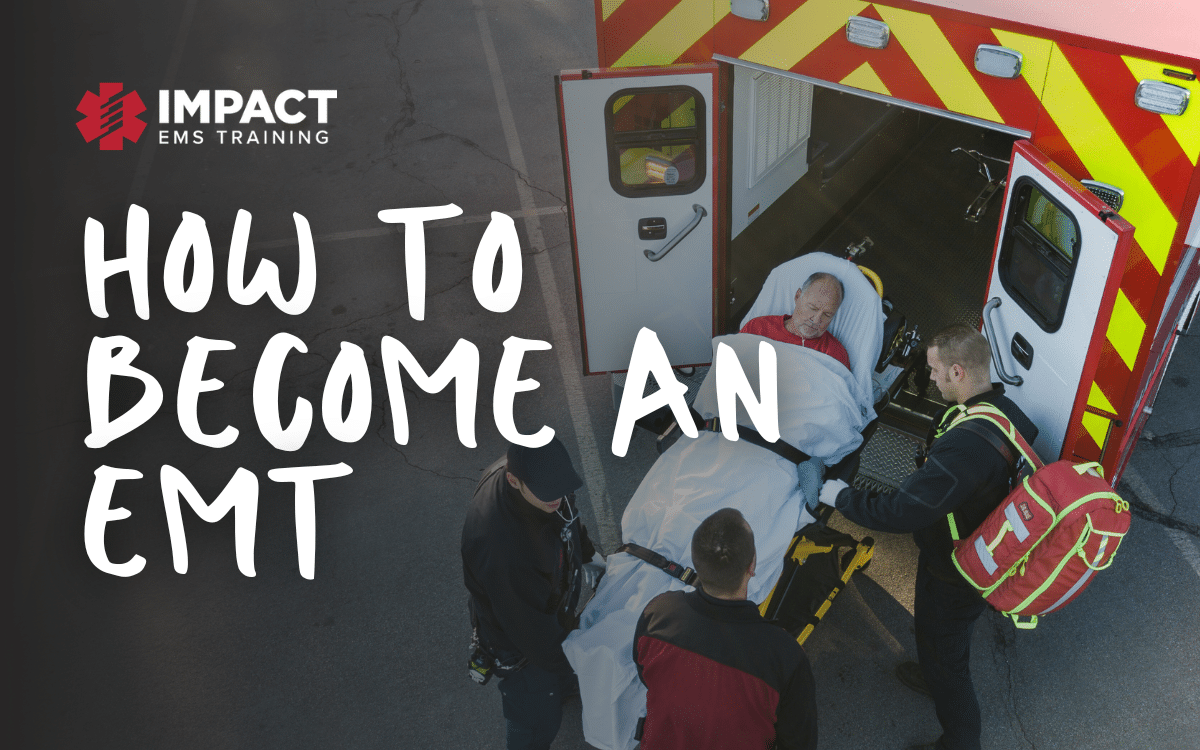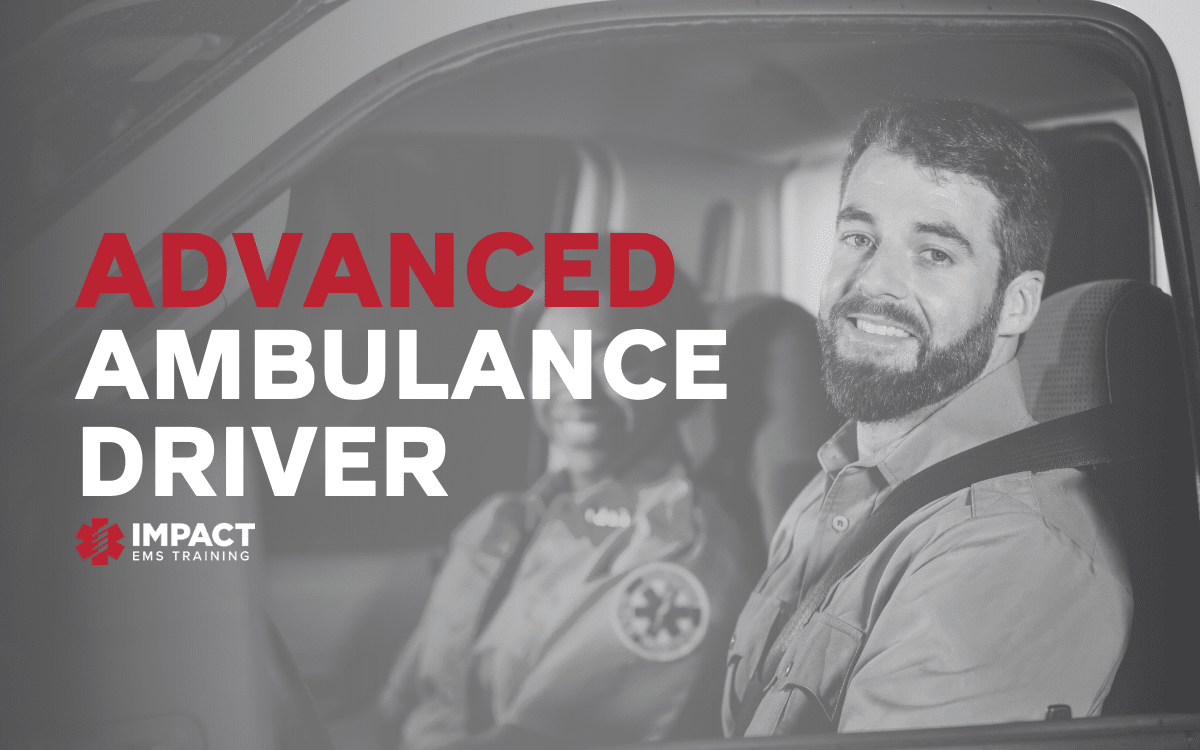Do you have an interview for a flight paramedic or flight nurse position coming up in your future? Have you prepared for the dreaded “clinical scenarios” you’ve heard rumors about?
I’ve compiled a list of the top 10 flight interview scenarios you are most likely to see, as well as the most critical pathologies you will need to understand when you begin working in this role.
1. Trauma:
A leading cause of death, especially in the younger age categories, makes this a higher-profile topic. Fortunately, trauma mainly revolves around skills and specific targets physiologic.
Stop bleeding, maintain blood pressure, and keep them warm.
Assessment of your proficiency here demands strong assessment skills, identification of signs of life threats, and the ability to make appropriate interventions.
2. Sepsis
This is another leading cause of mortality seen in the hospitalized population. By the time you have enough experience, you should be feeling pretty comfortable with this diagnosis. Unfortunately, most applicants are not very comfortable with pediatric sepsis, a very common diagnosis for the patients we transport.
There are slightly different targets with some essential “do not miss” points, but in most cases, this will be assessing how comfortable you are with pediatric medicine.
3. Ischemic stroke
Proficiency in neurology starts with a good, thorough assessment.
The ability to identify large-vessel occlusion and relay that information is hopefully getting patients quicker access to mechanical thrombectomy. There’s often very little we can do for these patients in the prehospital environment aside from supportive care, but management does get more complex once thrombolytics are administered.
Most transports are characterized by blood pressure control along with frequent neuro assessments. Angioedema and conversion to a hemorrhagic stroke are two very important adverse events post-tPA that you should be prepared to manage.
4. Hemorrhagic stroke
Again, frequent neuro assessments and blood pressure control are the foundation of care here. Additionally, some programs are equipped to treat elevated intracranial pressure with 3% saline or mannitol and anticoagulant reversal and seizure prophylaxis.
Don’t forget the non-pharmacological interventions for reducing ICP.
5. STEMI
Just like time is brain in stroke patients, time is heart for a STEMI. The focus here should be rapid transport to a PCI-capable center. You’ll be expected to identify a STEMI on EKG as well as the type/effects you may observe. Know your cardiac infusions well.
6. COPD/Asthma
The moderately-ill obstructive respiratory patient usually gets a handful of medications and improves over a short-term observation.
The severely-ill patient will test even the most experienced clinicians.
In a paradoxical twist where you assume providing respiratory support at the highest level via a ventilator will help these patients, these patients do very poorly once intubated. The issue lies in taking a problem with expiration due to constricted airways and further reducing the airway size with an ET tube. That’s not to say these patients should not be intubated; sometimes, you don’t have a choice.
The ventilator management for a patient with air trapping should be well understood for this scenario.
7. High-Risk Obstetrics (HROB)
Anything OB is enough to stress out most transport clinicians. It’s a combination of a population we don’t frequently see with the consequence of poor management being another patient that we don’t frequently see (neonates).
Fortunately, there are a few “do not miss” pathologies with very few treatment pathways, and management usually focuses heavily on preventing delivery. In any event, be well prepared in the event this patient delivers.
8. Seizures
The occurrence of seizures may be primary or secondary, which will usually give you clues as to other treatments that need to occur. You should understand the treatment for status epilepticus as a primary diagnosis as well as all the different pathologies that may precipitate seizures.
This includes being able to identify some atypical seizure activity that may be seen, especially in younger populations.
9. Congestive Heart Failure (CHF)
Acute congestive heart failure should be familiar if you’ve worked in EMS or the ED. Others may have seen it elsewhere (think flash pulmonary edema) with much less frequency. The treatment usually consists of vasodilation and positive-pressure ventilation, which most patients will respond well to. The patients with significant comorbidities that may have many other problems with underlying CHF tend to be a little more tricky.
Know your hemodynamics, interventions, and medications for all phases of heart failure.
10. Overdose/Poisoning
How many different types of poisoning/overdoses are there? A lot. Relax, most clinicians aren’t expected to be masters in the treatment of all the different ingestions we would see. There’s a reason we have the Poison Control Hotline.
That being said, you should be familiar with identifying and treating the commonly seen/high-acuity ingestions. This includes beta-blocker/calcium channel blocker OD, psych meds, opioids, and toxic alcohols, to name a few.
Impact EMS offers accredited certification and refresher courses in one trusted location. Fully prepare for certification exams and maintain licensure with skill building credits.




